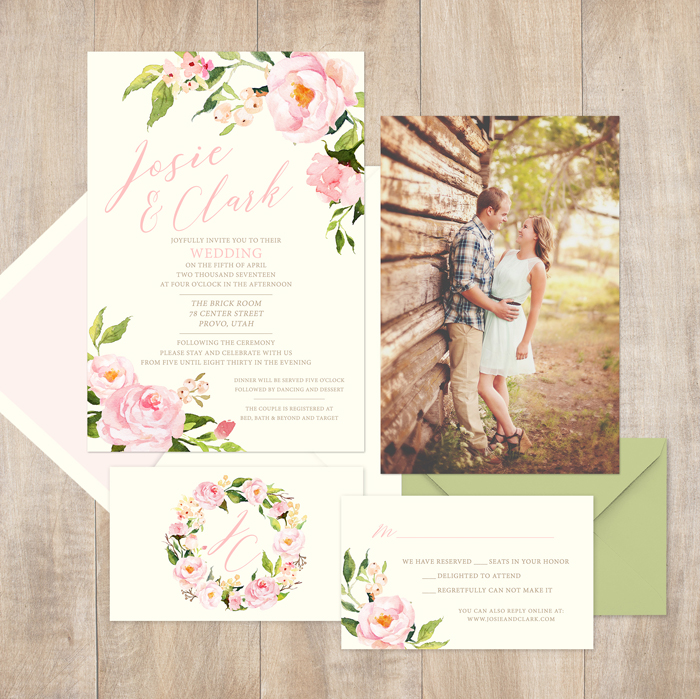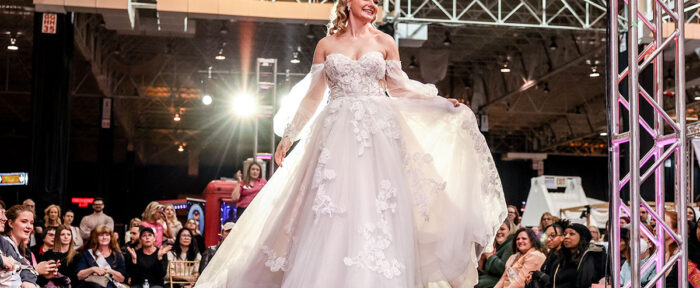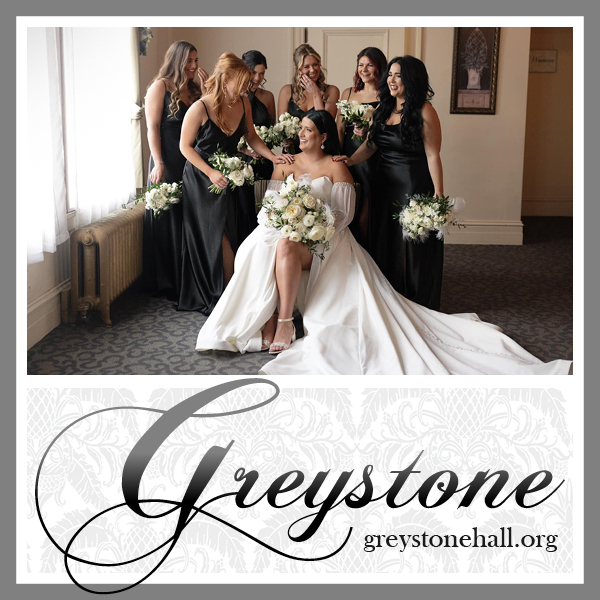Invitation Etiquette: Dos & Don’ts
Wedding invitations are the first impression your guests will have of your wedding. You don’t want to mess it up with a typo or risk offending your guests. Though we encourage you to add your personality into the design, you’ll want to stick to etiquette when it comes to these aspects.
dos and don’ts

Sabrina Hall Photography
DO send physical invitations. E-vites seem like a budget-friendly option, but can easily be deleted or diverted to spam. Also, it’s a major faux pas. You’ll get far less RSVPs with an e-vite than a formal invitation suite.
DON’T dictate dress code. Include this information on your wedding website or spread the news via word-of-mouth.
DO write out a scripted numerals for the year or time of the wedding. This practice isn’t common for street addresses.
DON’T state that you’re having a child-free wedding. Your invitation addresses who is invited to the wedding and, by omission, who is not.
DO put numbers in the corner of RSVP cards that corresponds to a numbered list. This makes it easy to track who’s responded and who hasn’t. Here’s what else you should include when assembling your wedding invitations.
DON’T include registry information on a wedding invitation. This should be included in bridal shower invites or on your wedding website only. This blog outlines everything your guests need to know and how to relay that information.
DO write out numbers for the year or time of the wedding. Though you shouldn’t write out the full number for the street address, when writing the 4-digit year and time of events, make sure to expand it to a scripted numeral.
DON’T use labels. It’s probably easier to stick a pre-printed label right on the envelope, but it’s impersonal compared to a handwritten address. If you prefer a professional’s script, hire a calligrapher.
DO write out names in full. When addressing an envelope, write Mr. and Mrs. Robert Smith, rather than Mr. and Mrs. Smith or Miss Rachel Jacobson instead of Miss Jacobson. Read more on how exactly you should word your invitations.

Jeneze Designs
Plus-Ones
The basic rule of thumb for plus-ones is that everyone over the age of 18 should get a plus-one. While there are exceptions, all guests should be allowed to bring someone in case they don’t know anyone else attending. Assuming that your single friend won’t have a date for your wedding is a bit presumptuous and can hurt their feelings. They may even decide not to attend your wedding because they feel uncomfortable coming alone. Also, extend an invitation to the groomsmen or bridesmaids’ significant others. You can seat them at the head table or have a table nearby with the wedding parties’ dates. If a bridesmaid or groomsman is single, they typically aren’t extended a plus-one. Still have questions about plus-ones? Check out this blog!
Remember, the purpose of your wedding invitations is to share information with your guests. Sticking to these dos and don’ts will ensure that your guests are prepared and eager to attend your wedding. Get inspiration for invitation designs on Pinterest!





























